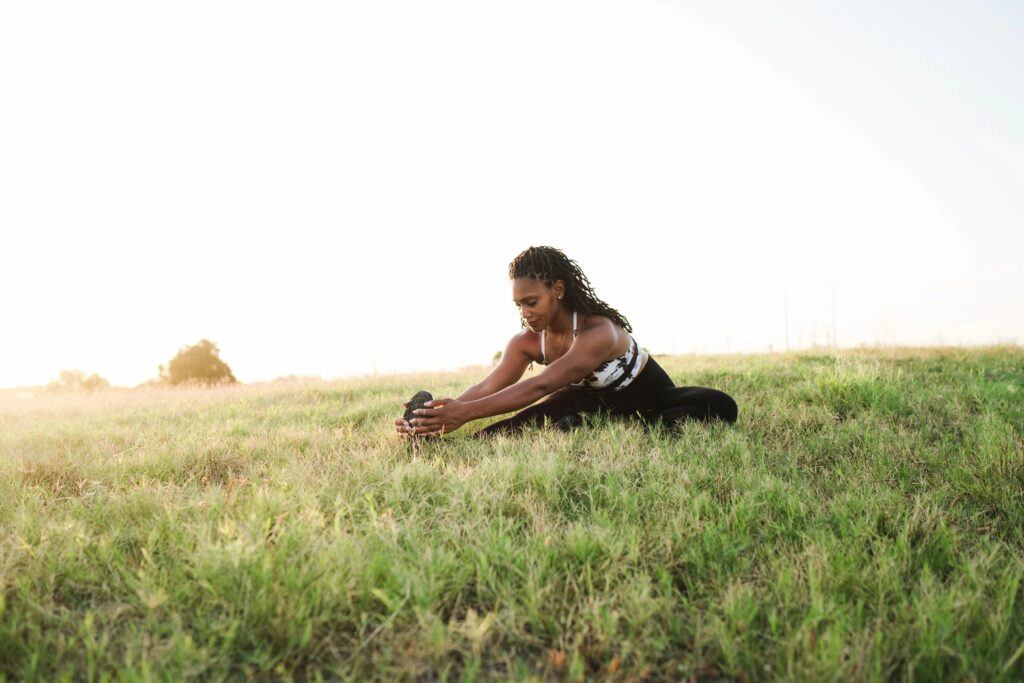
This article should more properly have been titled Abnormal Biomechanical Function Affecting the Pelvic Girdle, but who of you would have read it?
The pelvic girdle consists of the two hip bones that attach on either side of the sacrum; the triangular shaped bone at the base of the spine. The hip bones also attach to each other four or five inches below your belly button and just above the sex organs. This area of the body is a common area a chiropractor addresses on patients. This is one of the most important areas that need to be in good working order.
This pelvic girdle; and you could include the legs and feet, is the “foundation” supporting the spine. If the foundation of your house shifts, you get cracks in the walls and ceiling. In the spine you get stuck joints, stressed muscles, irritated nervous system, aches and pains when aggravated by your “foundation” being shifted. You often get headaches when the top of the neck bone sticks to the base of the head bone. Normally, the spine extends up from the base of the sacrum in three smooth curves. If the area is askew, the entire spine will have a twisting force called torque affecting it.
Headaches, neck pain, back pain, low back pain, butt pain or pain in the legs or feet are all symptoms of Twisted Butt Syndrome. Weakness or numbness in the pelvic area or legs are also common symptoms.
Why don’t you drop by for a quick check and see if you are experiencing Twisted Butt Syndrome. You might not even have regular discomfort, but this condition could still be sucking some life out of you.
Dr. Mike Spearman

